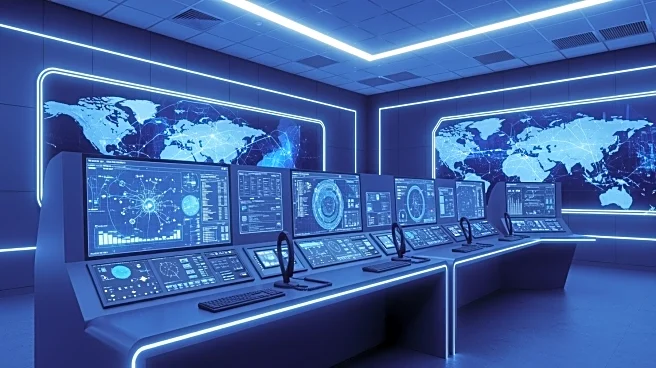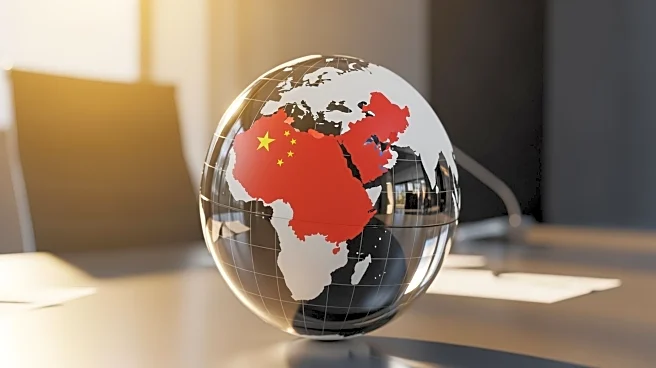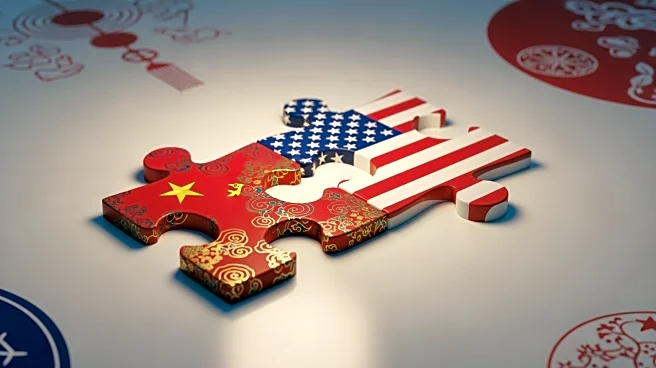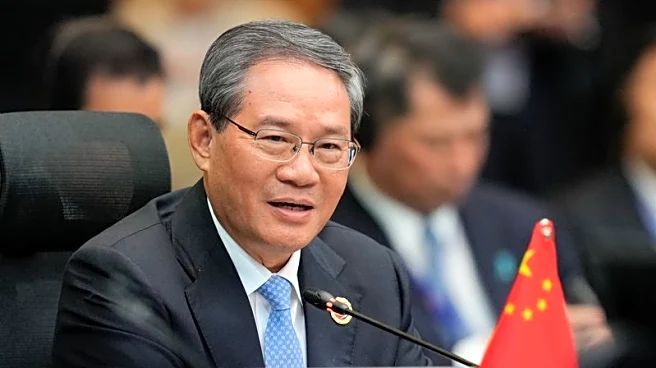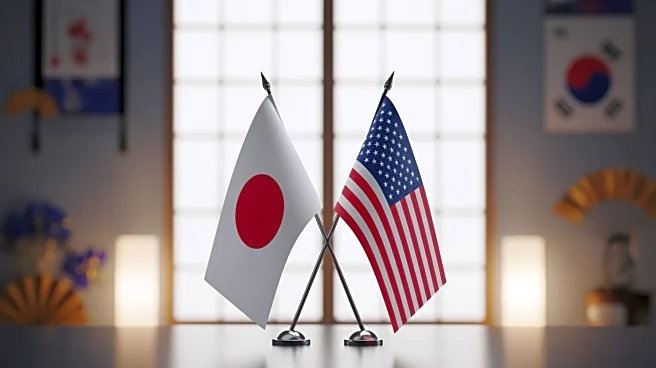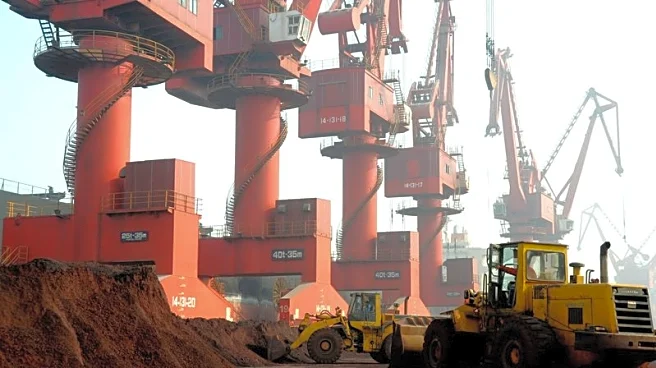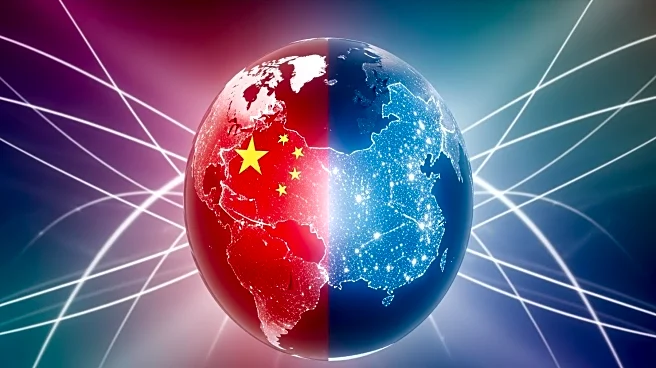What's Happening?
The Panama Canal has commenced a year-long process to select operators for new terminals at both ends of the canal. This initiative aims to enhance Panama's role as an intermodal hub by increasing container
transshipment capacity by 5 million TEU annually. The project is partly a response to geopolitical pressures, particularly from the United States, as President Trump has claimed that China controls the Panama Canal. The selection process involves prequalification of bidders and dialogues with companies, with completion expected in the fourth quarter of 2026. The Panama Canal Company has reported participation from major terminal operators and container carriers, including APM Terminals, Cosco Shipping Ports, and CMA Terminals, among others. The project also includes a market and feasibility study for the terminals, estimated to cost $2.6 million.
Why It's Important?
This development is significant as it addresses geopolitical tensions surrounding the Panama Canal, particularly concerning Chinese influence. The expansion of terminal capacity is crucial for maintaining Panama's competitiveness as a global shipping hub. The involvement of major international companies indicates strong interest in the project, which could lead to increased economic activity and job creation in the region. However, the legal challenges against the current concession held by CK Hutchison highlight the complexities of international business operations in politically sensitive areas. The outcome of these legal proceedings could impact future investments and operations in the canal zone.
What's Next?
The Panama Canal Company is preparing for the possibility that the current concession with CK Hutchison may be voided, which would necessitate an interim operational takeover and a new bidding process. Negotiations are ongoing to potentially involve U.S.-based BlackRock and MSC’s Terminal Investment Limited in a new partnership for the terminal portfolio. The resolution of these negotiations and legal challenges will be pivotal in determining the future operational landscape of the Panama Canal.
Beyond the Headlines
The expansion of the Panama Canal's terminal capacity could have long-term implications for global trade routes, potentially shifting shipping patterns and affecting ports in the United States and other regions. The geopolitical aspect of the project underscores the strategic importance of the canal in international relations, particularly between the U.S. and China. The legal and operational outcomes of this project could set precedents for future international infrastructure projects in politically sensitive regions.
